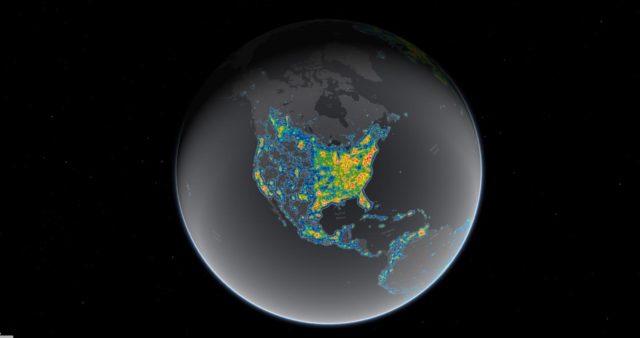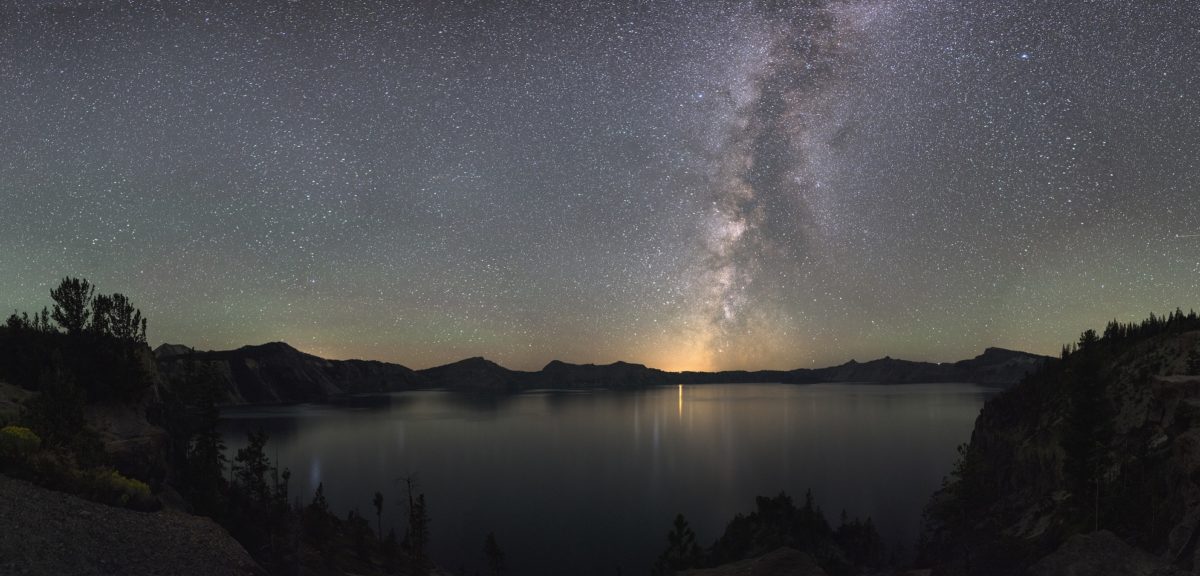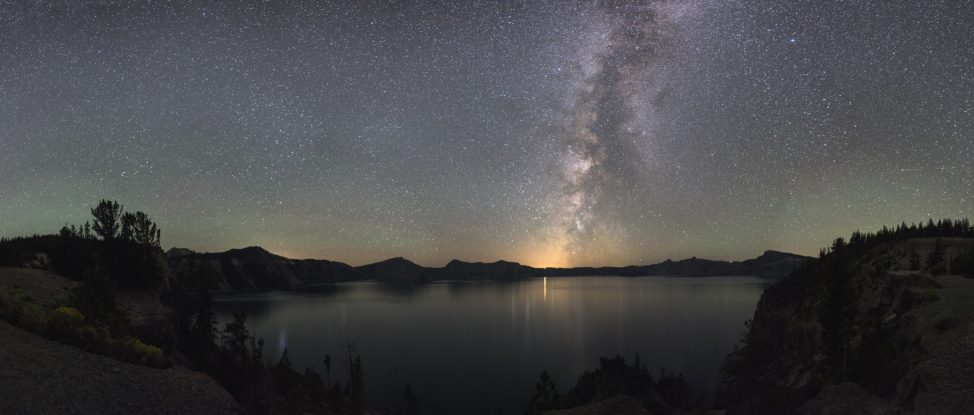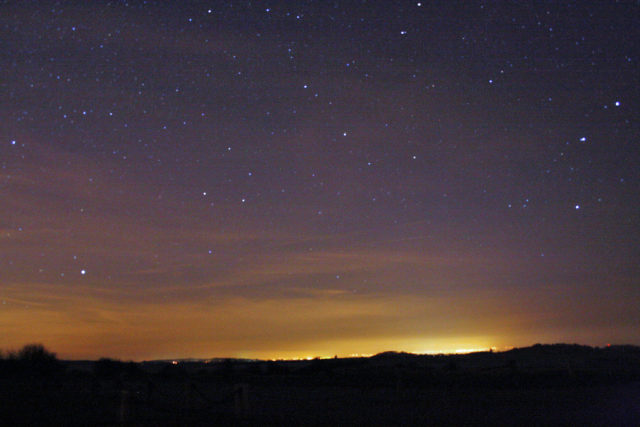Among my fondest memories of being a kid back in the 1960’s was taking a week or so of summer vacation to visit relatives at my grandfather’s farm in Herman, PA (about 65 km northeast of Pittsburgh).
During my stay I would spend evenings lying on the freshly cut grass of my grandpa’s back yard, just looking up into the glorious night sky.
For hours I was able to soak in the breathtaking beauty and majesty of the sparkling Milky Way.
I remember the entire sky glowing with millions and millions of stars as far as the eye could see. Every now and then I’d also spot a number of meteors (we called them shooting stars) streaking across this glittering palette of stars.
Sadly if I were to go back to what was grandpa’s farm I most likely wouldn’t be able to see what I saw in the night sky so many years ago.
Scientists now have found that for about a third of the world’s population and 80 percent of Americans, it’s impossible, or is at least very difficult, to capture those magnificent views in such vivid detail due to a problem that continues to worsen each year.

Light pollution now blots out the Milky Way for eight in 10 Americans. (Falchi et al, Science Advances; Jakob Grothe/National Park Service, Matthew Price/CIRES/CU-Boulder)
I’m talking about something that’s commonly referred to as light pollution.
According to oxforddictionaries.com, light pollution is defined as the brightening of the night sky caused by street lights and other man-made sources, which has a disruptive effect on natural cycles and inhibits the observation of stars and planets.
Today the glow of lights from cities and towns shine so strongly on the horizon that our eyes become overwhelmed to a point where it mutes our view of the night sky.
To enjoy the view of the Milky Way as close to what delighted and amazed our ancestors you must look for and visit ‘dark sky’ places where light pollution is at a minimum.
An international team of conducted a study of the impact of light pollution throughout the world, which led them to develop a new global atlas that points out where in the world light pollution is at its strongest and weakest.
That study has now been published in the journal Science Advances.
The researchers were able to build their new light pollution atlas from high-resolution satellite data along with very accurate sky brightness measurements.
“I hope that this atlas will finally open the eyes of people to light pollution,” said the study’s lead author Fabio Falchi from the Light Pollution Science and Technology Institute in Italy.
The study finds that countries such as Singapore, Italy and South Korea have the most extensive light pollution.
Western Europe was found to have only small areas where light pollution is at a minimum and that’s mostly in Scotland, Sweden and Norway.
Although the American west has a vast amounts of wide open space, the study found that nearly half of the United States experiences light pollution.
Canada and Australia are two countries that have the most ‘dark sky’, noted the researchers.
Study co-author Dan Duriscoe from the U.S. National Park Service says that U.S. national parks are just about the last havens of darkness. He pointed out locations such as Yellowstone and the desert southwest as having the darkest night skies. “We’re lucky to have a lot of public land that provides a buffer from large cities,” said Duriscoe.
Along with muting our view of the Milky Way, research into the buildup of artificial light over the years has been shown to have a big impact human health and on wildlife, too. Scientists have found that it can confuse insects, birds and sea turtles or expose them to situations that can often be fatal.
























It’s so sad that young generation, like me, can hardly enjoy these view anymore :((